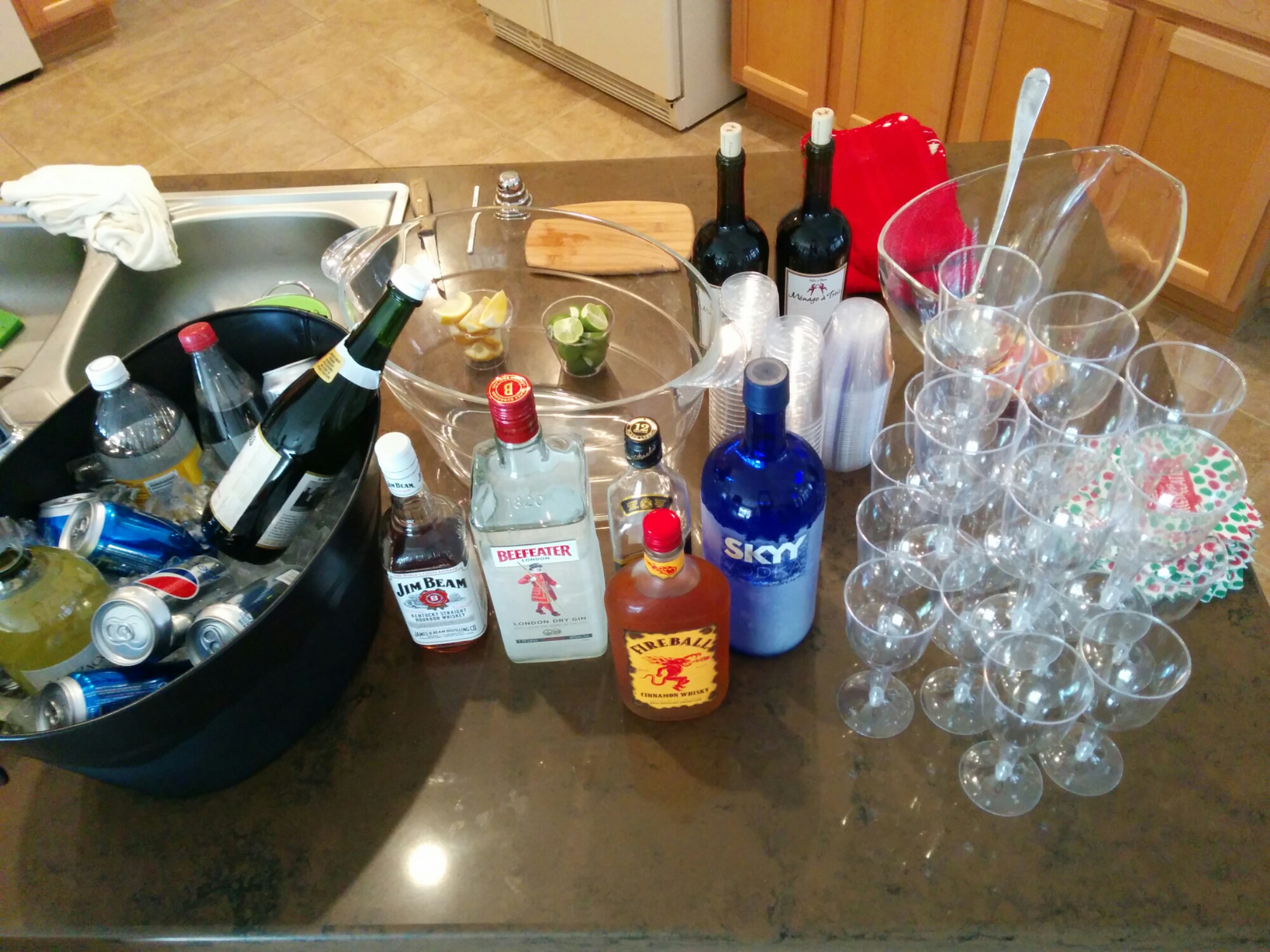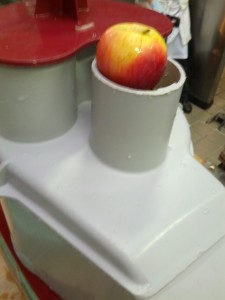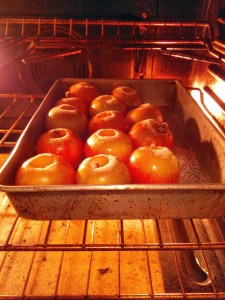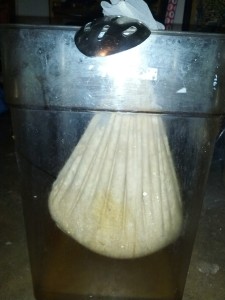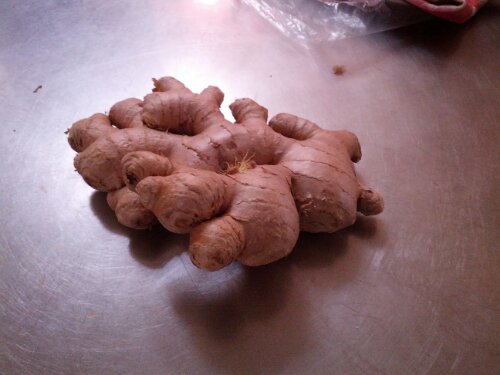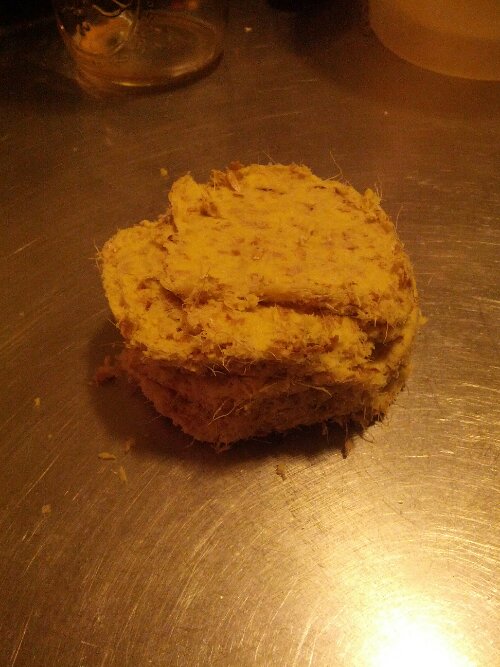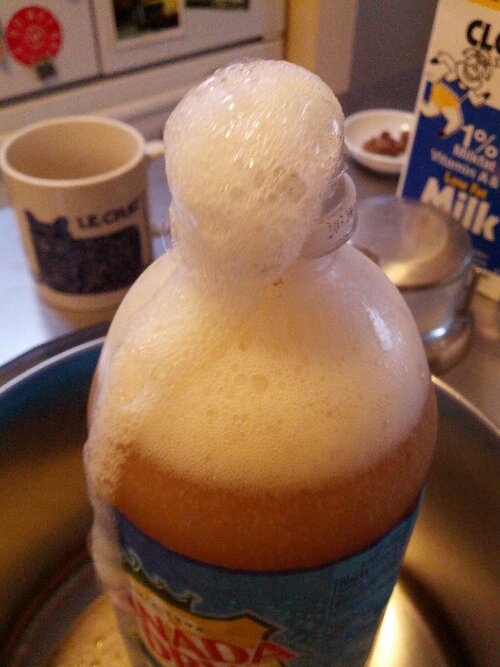Every Christmas my Mom asks me to host a cocktail party for her friends. Every year I make basic drinks and some featured thing, usually something I am enthusiastic about at the time.
The first year, I made a featured menu of classic cocktails. The second time, I made Spritz.
This fall, I’ve been making punches, so I made a Punch for her party.
This one is a traditional punch, roughly based on Regent (or is it Regent’s?) Punch. I just tweaked it a bit for what was on hand.
If you haven’t read David Wondrich’s writeup on Esquire, you should.
It leads with, “The Prince Regent was a pig.” and expands from there into some pretty awesome territories.
The other thing which had an influence on the Punch was the section of Jeff Berry’s “Potions of the Caribbean”, where he talked about Haiti. Specifically the Barbancourt Rhum Punch of Joseph Cesar at the Grand Hotel Oloffson with its associations with Graham Greene, Papa Doc, and the film “The Comedians”. Though, I am not exactly sure why I was thinking of a brutal dictatorship while staying in an Arizona gated community.
Regarding the method, I’ve found doing this size oleo/sherbet in a quart zip lock bag works great. Just put the sugar and peel in the zip lock, let it sit overnight. Then the next day, make your spice tea. Steep for a bit, cool slightly, then strain into the quart bag with the oleo (syrup and peel). Re-seal it, and you can squish and shake it until the sugar dissolves, then just throw it in the fridge. Ready to be strained into your bowl the next day.
Alma School Punch
3 lemons, peeled;
1 cara cara orange, peeled;
1 cup sugar.1 cup water
1 stick cinnamon
7 whole clove
2 bags green tea375ml rhum barbancourt, 8 year
187ml Calvados
187ml American Brandy
375ml Taylor’s Cream Sherry
1/2 pineapple, peeled, cored, and diced
1 Lemon750ml gruet blanc de noir, chilled
500ml sparkling water, chilled
Freshly grated Nutmeg
1 whole cara cara orange, sliced.METHOD:
Reserve peeled citrus. Combine Lemon Peels, Orange Peel, and sugar in a ziplock bag. Let sit for 24 hours, massaging occasionally. Steep tea and spices in boiling water and cool slightly. Pour into peel and sugar mixture and shake to dissolve sugar. Chill.
Strain spiced tea syrup into a punch bowl. Juice citrus and strain into punch bowl. Add Rum and Brandies. Add diced pineapple and chill. When ready to serve, add Sparkling Wine, Sherry, and Sparkling Water. Taste and adjust dilution if necessary. It also doesn’t hurt to have a spare lemon around, in case you’d like your punch to be a bit more tart. Garnish with sliced orange and freshly grated nutmeg. Serves 4-15, depending on their level of thirst and time available.
Peel and sugar.
Peel and sugar, after a day.
The bar.
Serving the Punch.
Holidays with the family.



